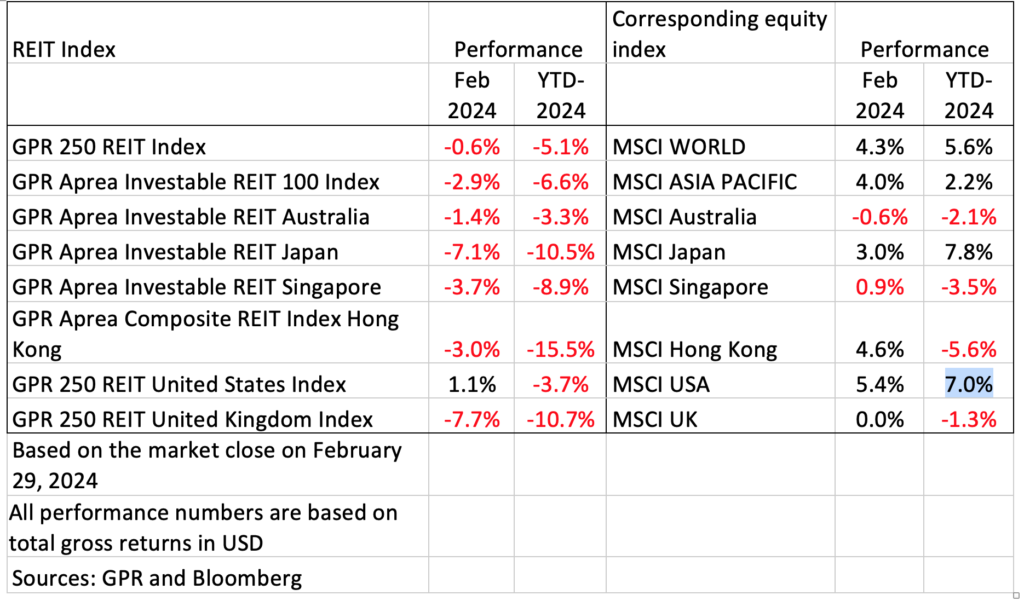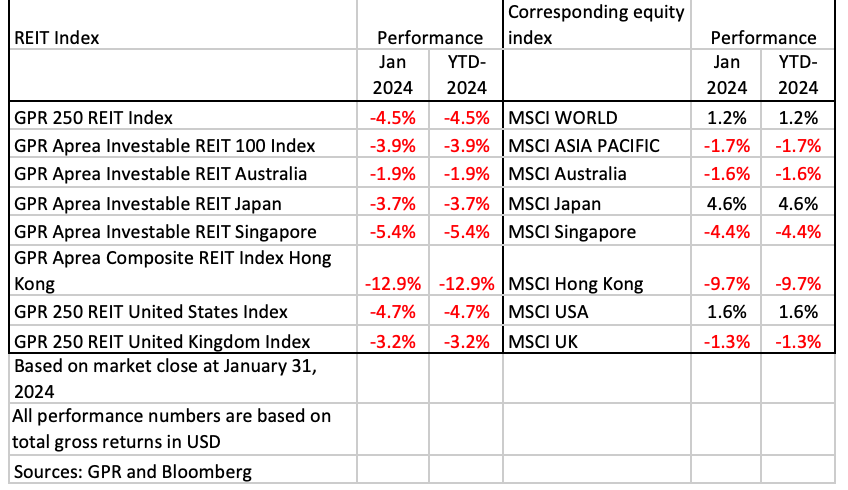Virtual Or Reality: Life In A Token World

Blockchain has come under scrutiny following recent security breaches at Bitcoin exchanges. However, its proponents would regard the incidents as a blip in the journey of a technology whose use would eventually become the norm. For instance, developments in tokenisation—the process of converting an asset into a token that can be transacted on a blockchain—have continued to gain pace.
A tokenized property would be analogous to a REIT with much more flexibility and minimal fees for intermediaries would be analogous to a REIT. Tan Kok Keong, Co-Founder of Fundplaces, explains how to finance, build, and lease a hotel with three types of tokens.
By Tan Kok Keong, Co-Founder, FundPlaces
At present, blockchain is no longer test-tube babies with uncertain use cases and a questionable future. Regulators have started to institute laws that facilitate blockchain adoption and even spearheading projects.
In November 2017, Propy brokered the sale of an apartment in Kiev, Ukraine to Michael Arrington, co-founder of the technology media website TechCrunch, for US$60,000 via smart contracts on the Ethereum blockchain. Propy has sold numerous other properties in a similar fashion in California and Vermont in the U.S., and even a 40 million euros Italian mansion. Last November, Proppelr and Fluidity started working with the developer of a luxury apartment in Manhattan’s East Village, Thirteen East + West, to tokenise the $30 million project on the Ethereum blockchain. This is the first tokenisation of a premium asset of such magnitude for funding. Its success could entice more building owners to consider the same. But how does tokenisation work, and what are the advantages of executing a tokenised real estate project?
THE GENESIS OF A TOKENISED HOTEL PROJECT
In undertaking a real estate development, the key risks are the process of securing equity funding, the challenges of securing financing at tolerable interest rates, and most importantly, the uncertain demand upon completion. Can tokenisation of real estate change this equation?
Let’s start with a use case where I want to acquire a site for hotel development. Before executing on the land purchase, I start sourcing for buyers of three types of tokens: Hotel-Owners Token (HOT), Loan-Interest Token (LIT,) and Hotel-Use Token (HUT). If these tokens are entirely sold, I would have de-risked the development entirely.
HOTEL OWNERS TOKEN (HOT)
HOTs are similar to equity stakes in a development project. HOT owners are assigned their proportionate economic rights similar to an owner of the project. The project financials will be recorded on a cloud-based accounting system. Project teams are formed via Honest Buildings, a data-driven platform for procurement of services, to ensure projects are developed on budget and on time.
Advanced construction technology in the areas of pre-fabrication, automation or even 3-D printing, will help to reduce the variations in project schedules. Contractual agreements will be on smart contracts whereby collections and payments are automatically triggered. The system will then provide a real-time risk-adjusted value of the project, i.e., the value of HOT. Assuming HOT starts at par value of $1 based on a total return of 60% over 3 years, an increase in projected returns will increase the value of HOT, and vice versa.
FACTORS POSSIBILITIES / KNOWN EXAMPLES OF BLOCKCHAIN APPLICATIONS
LOAN INTEREST TOKEN (LIT)
LITs are loans that investors will provide to the project. It will appeal to investors who want a stable return and a fixed duration for their investments. Each new issuance of LITs can be auctioned. LIT prices will fluctuate with treasury bills’ interest rates and/or as the project’s risk increases or reduces. These instruments can be traded like current fixed-income products.
HOTEL USE TOKEN (HUT)
HUTs are hotel-room per-night usage tokens. Each hotel room may be divided into 330 HUTs per year (assuming 35 nights of downtime for maintenance). Each HUT owner may use the HUT to book a room to stay or re-sell to other users. HUTs may be issued uniquely for an individual hotel room and the day of the year, or it can be sold as generic usage tokens. Generic tokens will mean an added step as a hotel booking intermediary is needed to determine the availability of rooms. The total value of HUTs sold for each year before construction starts or any pre-determined date will form the base case for the projected economic returns of the hotel, i.e., the value of HOTs.
The sale of HOT, LIT, and HUT tokens at the inception of the project or at pre-determined schedules will establish the economic value of the project. A similar concept of tokenisation can be applied to every real estate asset class.
THE ECOSYSTEM IS TAKING SHAPE RAPIDLY
The scenario envisaged above is still years away. However, the pace of the evolution of the ecosystem for a complete tokenisation of real estate is increasing. The table in the next page summarises some of the key components and possible technology application that will accelerate the tokenisation process.
REITs will not be immune to the rapidly changing environment. A mature tokenisation ecosystem can result in an alternative scenario whereby investors can create a personalised REIT with coownership of completed assets, co-financing of developments, or codevelopment opportunities across different countries. For the more passive investors, the increasing availability of artificial intelligence can help them in devising an optimal investment portfolio. Where does that leave the REITs when this happens? Will the touted tax benefits be sufficient for REITS to remain as a competitive investment option? It is something for all of us to ponder and act on while we still have time?





